The deeper you delve into the history of the world, of its people, of its cultures, of its traditions and its religions, the more you realize that we are all just one extended family. Nothing separates us apart from a lack of knowledge of our shared past and a hope in a unified future. The Tree of Life is symbolic of this.
The association of trees with Life, both in the worldly plane and that of the gods, is a universal concept that spans both space and time. Evidence that humans accorded trees with a special status and equated them with the spiritual world can be found in virtually every religion and every ancient culture.
Table of Contents
The Celtic Tree of Life Symbol and Its Meaning
Crann Bethadh, the Celtic Tree of Life was more than a mythical idea spoken of around campfires and alluded to during certain ceremonies.
No, for the Celts, a people who were intimately bonded to the Earth around them, the Tree was a tangible part of everyday existence.
In the thousand years (ending in approximately 500 A.D.) that they were the dominant pagan tribe in Ireland and other parts of Northern Europe, the Celts left created and behind enough evidence of their deep reverence of nature for us to understand their perception of the Universe.
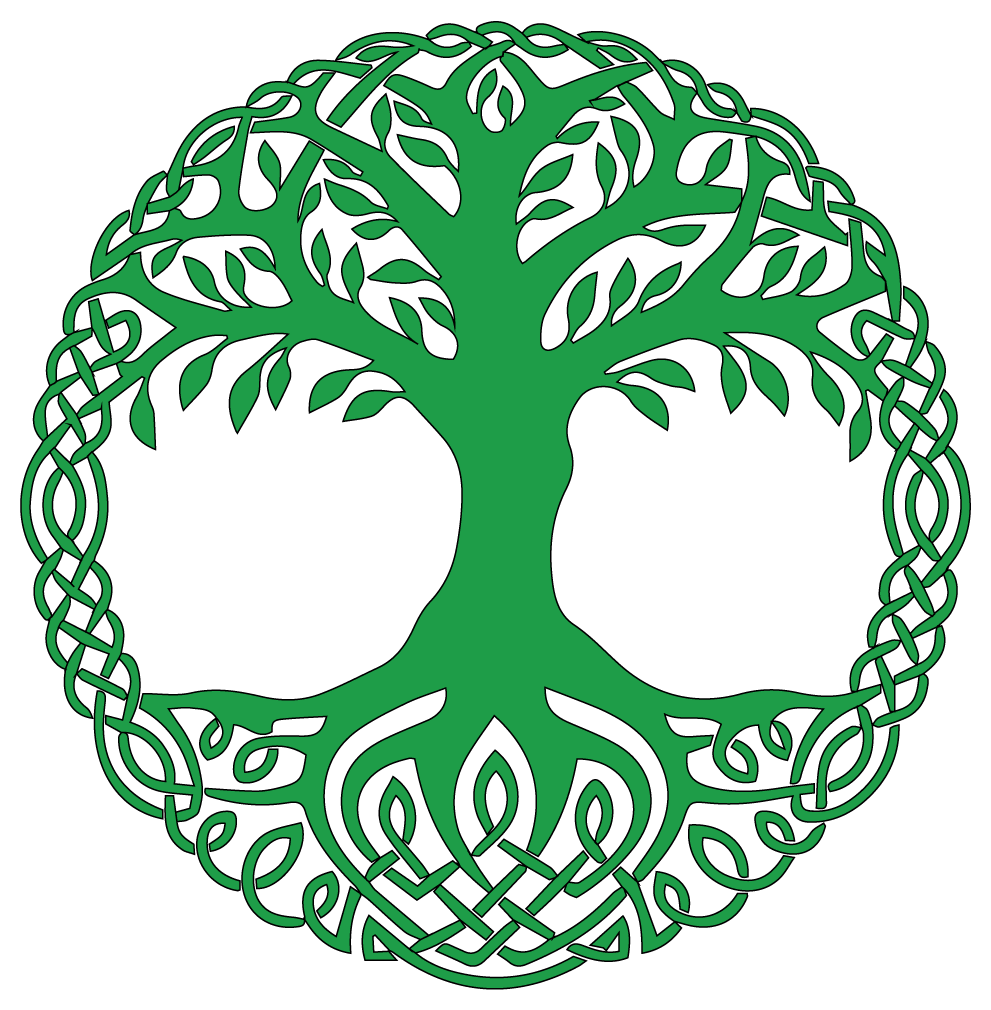
Crann Bethadh was depicted as a tree with a stout trunk, its many branches swirling up to meet the sky above while its equally numerous roots expanded into the earth below.
A very interesting variation – and one that has become ever so popular today – is the Tree of Life Knot.
This design projects the branches and roots in such a manner that they weave around the center and one of each connects with one of the other, creating a circle. Often, the Tree’s design is symmetrical in the horizontal plane – it is identical viewed from above or below.
It is not just the tree that is represented in that motif – it is all of life on the planet.
So, why did these designs come to be a part of Celtic culture? How is it that they made the tree a central part of all they knew?
The answer is simple: they recognized that trees were the center of all that occurred. Their ability to create life from the sunlight and water abundant in the air and the soil fed the herbivorous and omnivorous species, including Man. Celts realized that the absence of greenery would be the absence of life itself.
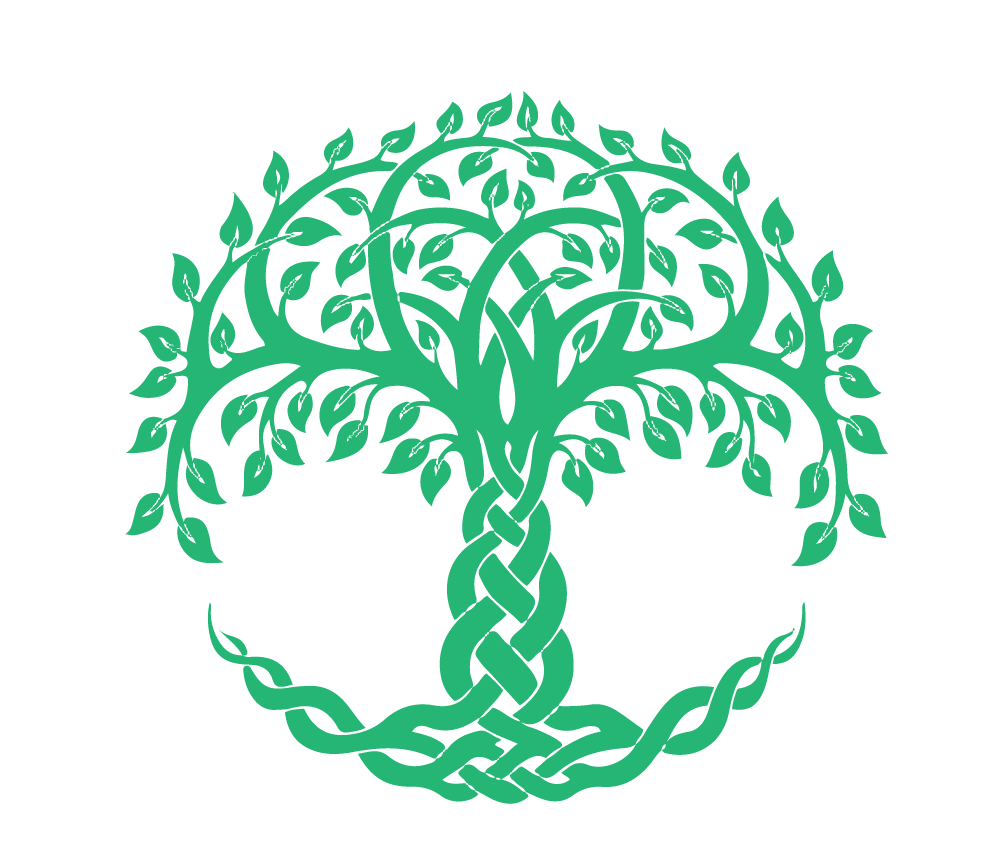
Celtic mythology expanded on this idea by illustrating the branches as reaching up into the sky, the realm of the gods, while the roots settled deep into the soil, anchoring the tree to the earthly realm. Together, the tree became the channel and conduit between the will of the divine world and the mortals who lived below.
The choice of the tree as this means of communication is heavy with symbolism.
The march of the seasons, which first gives the tree its leaves, then strips them, before repeating the cycle alludes to the belief in the cycle of Life to which the Celts ascribed.
The role of the tree as the giver and protector of life also played a significant part. Birds, insects and small animals sheltered in its branches and trunk, as did humans in inclement weather.
Trees gave people wood to create homes and tools, and firewood to keep them warm, cook their food and sterilize water to make it potable.
In Celtic lore, trees were seen as ancestors of human beings, a concept which has actual parallels in the science of evolution.
This belief accorded them not just a place in mythology but also in genealogy; it created a personal bond between the people who lived in the forest and the trees in their midst.
But to reduce the Celtic respect of the tree to pure symbolism would be an egregious error; the Celts put into practice that in which they believed.
When a tribe chose a spot for a new settlement, they would pick a location around a strong, sturdy tree.
The area around that tree would be cleared but that one tree remained as the center of their settlement.
Under its shade, the elders of the tribe would meet to make important decisions and give proclamations. The tree was given the name Crann Bethadh.
The tribe’s Tree of Life was seen as its soul. In times of conflict, warring factions would strive to damage or destroy the Tree of their enemies.
Doing so was not just a physical act but a great demoralizing tactic meant to sap the will of their victims to fight. Conversely, for one to destroy the Tree of his own tribe was unforgivable sacrilege.
The Tree of Life in Christianity
Most people take a rather simplistic view of the Tree of Life/Knowledge as related in the first chapter of the Bible, Genesis.
In it, Adam and Eve are cast out the Garden of Eden because they disobeyed God by eating the fruit of the Tree of Knowledge.
However, a more nuanced reading suggests that consumption of the Fruit of Knowledge reveals to Adam and Eve their imperfection(s) and lays bare to them that they are not infallible.
For the pair to have remained in the Garden would have meant eternal suffering over the conscious realization of their own shortcomings.
In that understanding, the exit from the Garden allowed them to live without constant self-loathing.
There are actually references to two Trees in Genesis, the Tree of Life and the Tree of Knowledge. The second is where the forbidden fruit grew. However, after the casting out of Adam and Eve, it is stated that God leaves a guardian at the Tree of Life.
Are they the same tree?
The Tree of Life in Ancient Egypt
The ancient Egyptian empire were one of the world’s first organized civilizations from which we know of Man’s reverence for the Tree.
Their carvings and artwork speak of an acacia tree from which the god, Osiris and his wife and consort, the goddess, Isis, are borne. The Egyptians refer to the acacia as the tree within which ‘life and death are enclosed’.
The Tree of Life in Hinduism and Buddhism
The banyan tree is accorded a special status in Hindu lore and scripture. If the Celtic Tree of Life is seen to represent a cycle where the branches and the roots meet, the banyan tree achieves this feat in reality.
In the first stage of its life, a banyan tree grows like any other, upwards from the soil towards the sky.
However, once it reaches adulthood, the branches droop back down towards the soil and begin to resemble the trunk.
As time progresses, these branches thicken and develop to the point that they are indistinguishable from the original trunk.
They also undertake the same roles as the trunk, transporting and distributing nutrients to all parts of the tree. After some time, a single banyan looks like a grove of trees.
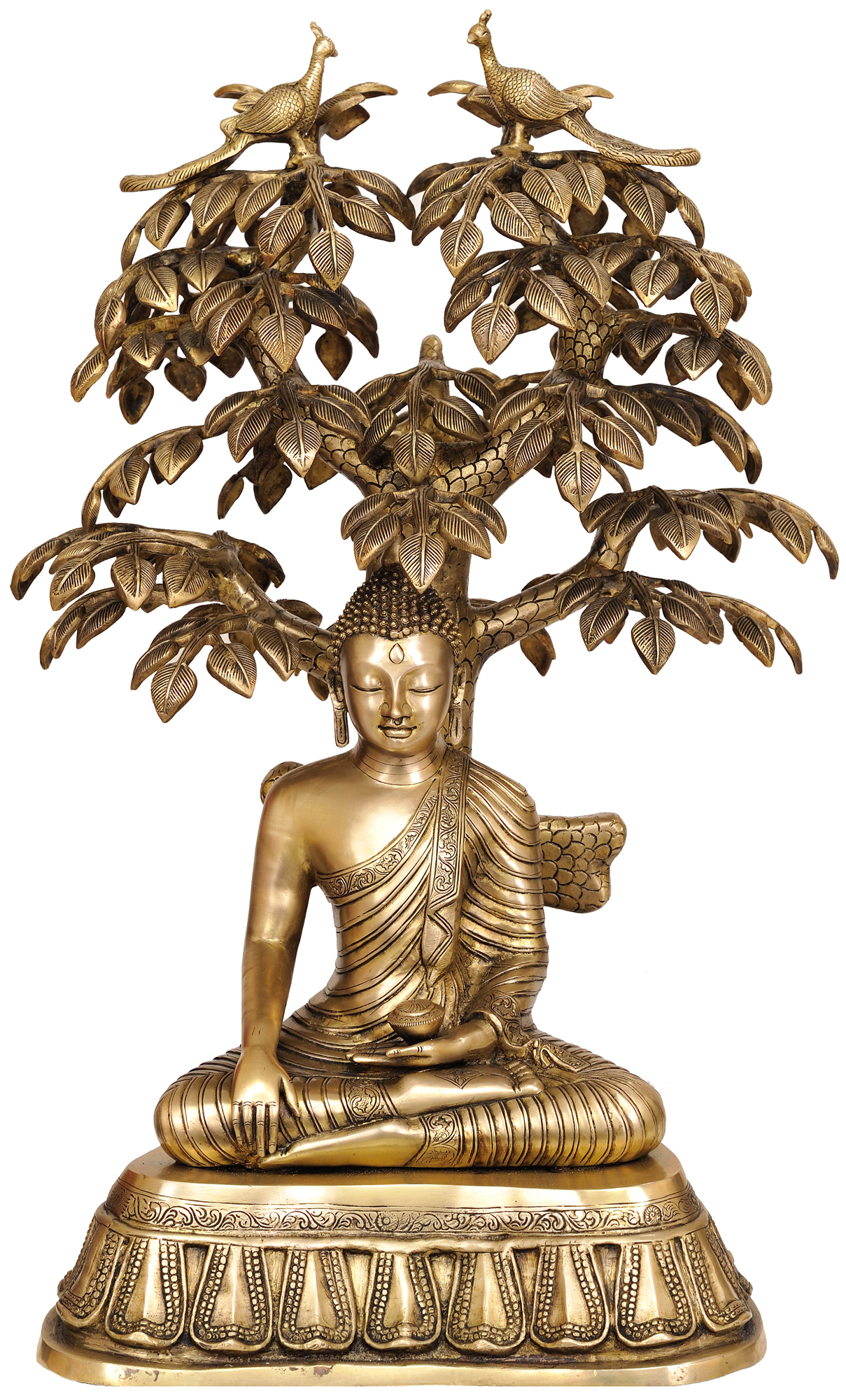
This unique behavior is taken by Hindus and Buddhists as a symbol of the great Cosmic Dance where all matter is the same, originating in the Universal Truth and returning to it. Ancient Hindu scriptures like the Vedas and Bhagvad Gita reference the banyan tree.
Buddha is said to have attained Enlightenment under a Bodhi tree in the Northern Indian state of Bihar. A living Bodhi tree in Sri Lanka is supposed to have been gown from a cutting from that actual tree.
Whereas the Buddha himself never referred to the Bodhi as the Tree of Life, it is held in high regard by both Buddhists and Hindus for the role that it played.
The Tree of Life in Islamic Mythology
The Creation myths of Judaism, Christianity and Islam are almost identical as they all refer largely to the Torah. However, unlike Christian tradition that suggests that there might have been two divine trees in the Garden of Eden, the Islamic scripture refers to suggest one.
The Tree of Life in Islam is referred to in the Quran as the Tree of Immortality. The story of the expulsion of Adam and Eve is identical to that in the Torah and Bible; the Devil in the form of a serpent tricks the couple into eating the fruit of the tree, whereupon they gain the knowledge of good and evil.
While most Muslims see the stories in the Quran as a history of actual events, the Ahmadiyyah sect ascribes to the view that the story is not a literal but a metaphorical one. They believe that the eating of the fruit is a symbolic representation of disobedience of God’s orders.
The Tree of Life in Judaism and Kabbalah
In Judaism, the term the ‘Tree of Life’ is very different from what is understood in most other systems of belief. Eitz Chaim is a Hebrew term that translates literally as Tree of Life and is used to describe the Jewish holy book, the Torah itself.
In the mystical beliefs of the Kabbalah, the Tree of Life is a series of ten interconnected points on a vertically-elongated hexagon that represents parts of ‘The Infinite’ (God) that creates and maintains the physical and supernatural realms.
The Tree of Life in Mesoamerican Beliefs
The Tree of Life is more accurately described as the World Tree in the cultures of ancient Central and South American tribes.
These trees are depicted as having four branches extending in the four cardinal directions and roots that descend into water below. The latter is believed to be a representation of the underworld. The trunk of the tree is often depicted as an upright caiman.
There are references to the cycle of birth, death and rebirth here, but rather an illustration of the three worlds in their discrete states.
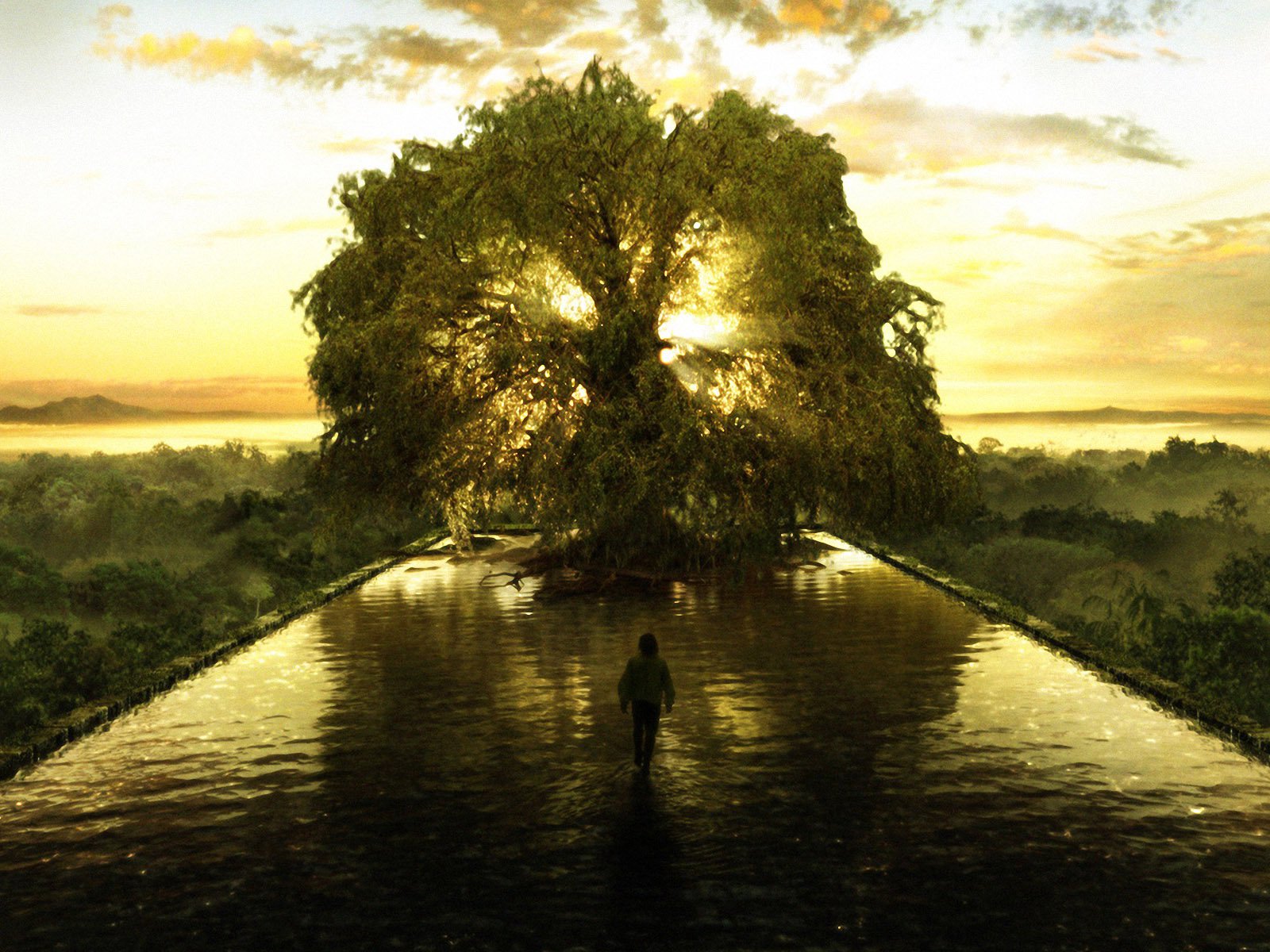
The Tree of Life in Norse Mythology
Just like the Celts, the Norsemen, too, had great regard for trees. Several actual trees believed to have magical properties make an appearance in Viking history, including the sacred Tree at Uppsala and Thor’s Oak (Donar’s Oak).
However, there is also the mythical Yggdrasil. Yggdrasil is believed to be either an ash or a yew tree, with branches and roots that lead to the various worlds in which gods and men dwell. The fruit of tis tree keeps the Norse gods youthful.
It is quite possible that the Celtic image of the Tree of Life was inspired by the Norse Viking traditions.
In the Norse version of the cosmos, this great tree connects the nine planes of existence. Among them are the world of men; Asgard, home of the gods; Hel, the land of the Dead; the spring, Hvergelmir; and the well, Mímisbrunnr.
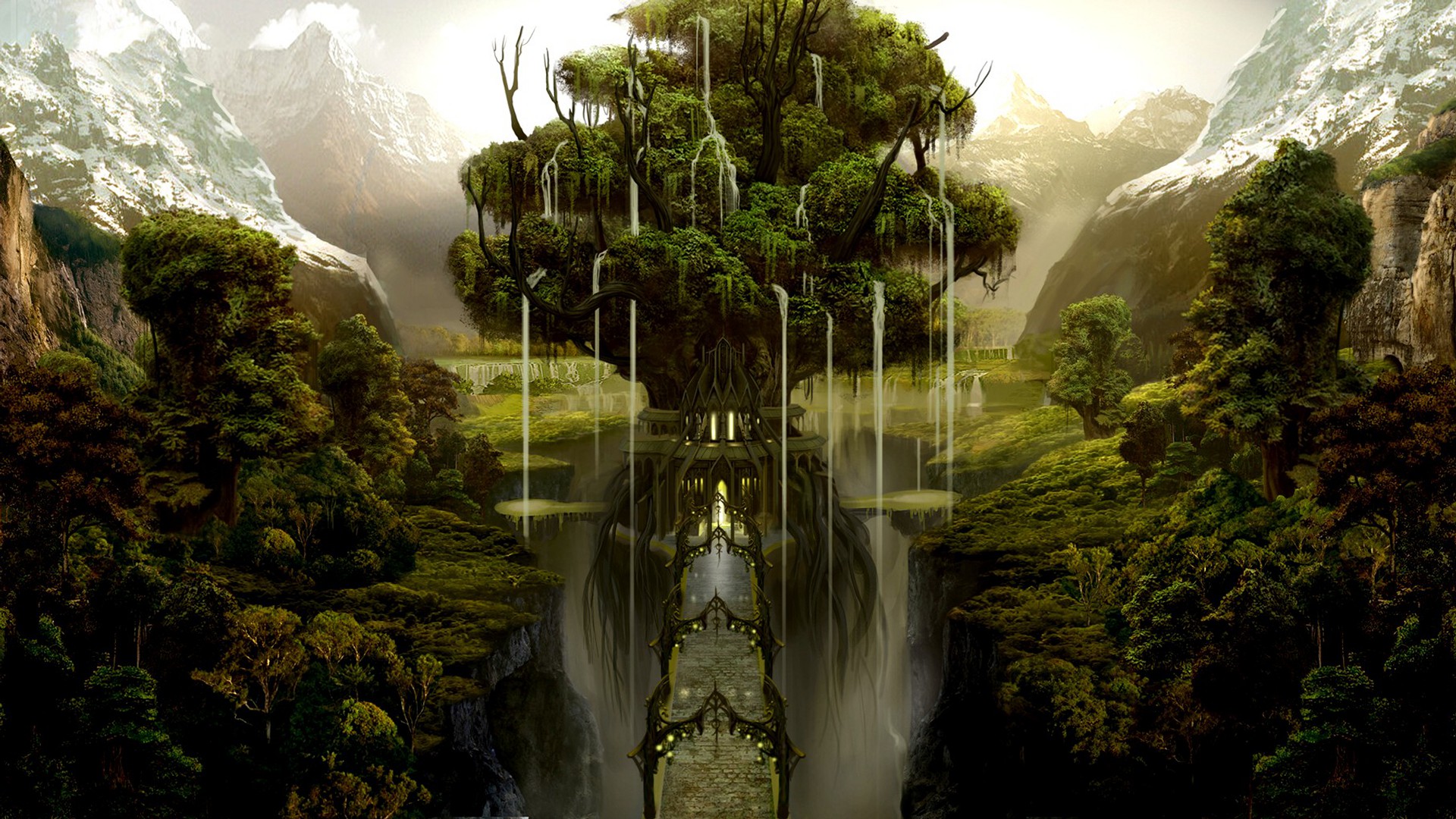
The fact that Yggdrasil stands in a spring alludes to the Norse belief in the origins of all life in water, a version of events with which science seems to concur today.
While there is no indication of an actual cycle like that suggested by the Tree of Life knot, the interconnected nature of all the planes of existence through the branches, trunk and roots of the tree seem to propose a parallel idea.
In Norse mythology, the end of the entire universe will happen at a cataclysmic battle between the gods called Ragnarok. All of existence will be rent asunder, save for a man and a woman who hide in the hollow of a tree.
The name of the tree is never revealed, nor is the fate of Yggdrasil when Ragnarok comes. However, the couple will emerge from within the tree into a world which will have been created anew to start the world all over again. In that sense, Yggdrasil functions as both the protector and sustainer of all life.
The Tree of Life in Popular Culture
The 2009 film, Avatar, depicts a giant planet where every single plant and tree is interconnected by a vast underground network of roots. The local population are able to connect physically to the Tree and, through this act, bond, heal and even affect life and death.
Tree of Life, a 2011 film explores the interconnected nature of not just the planet but the entire Universe and all of existence, past, present and future.







